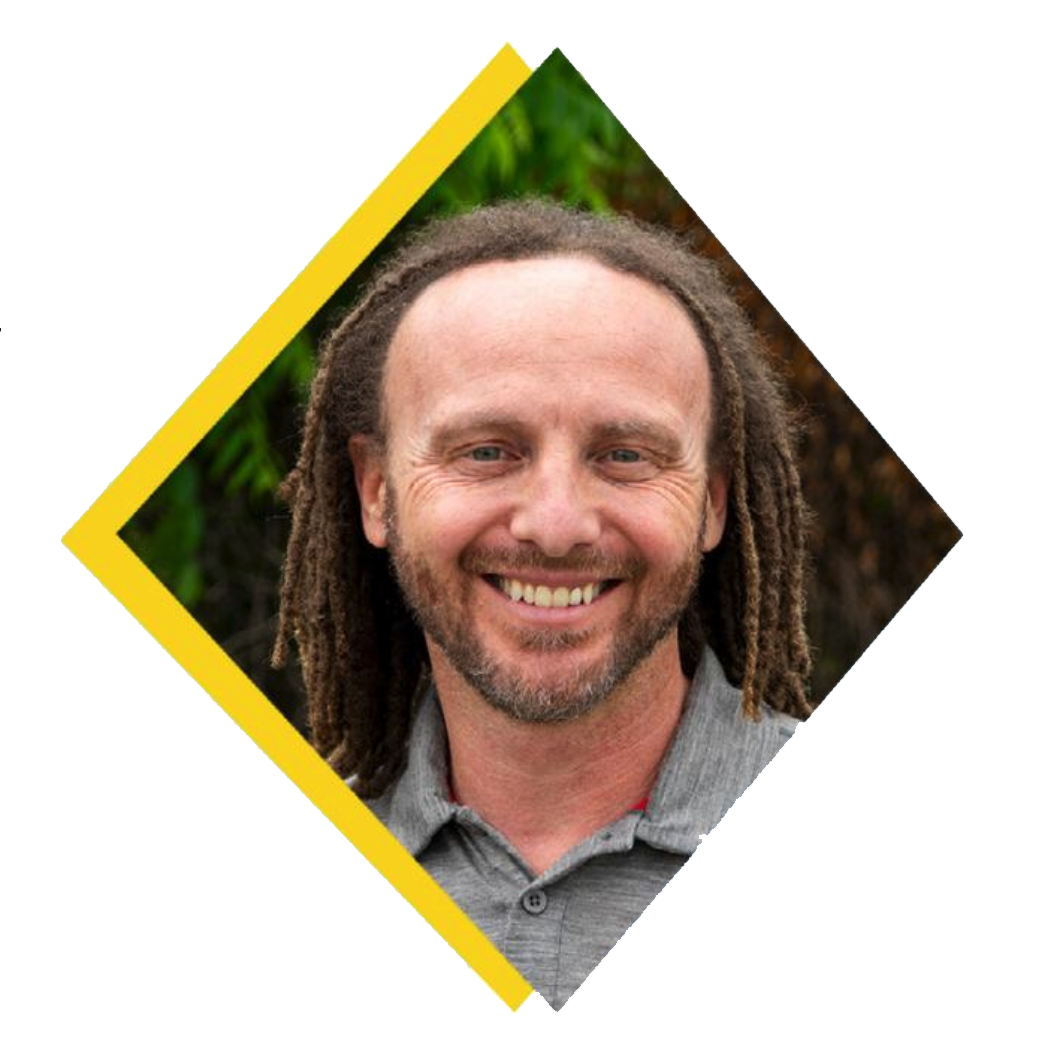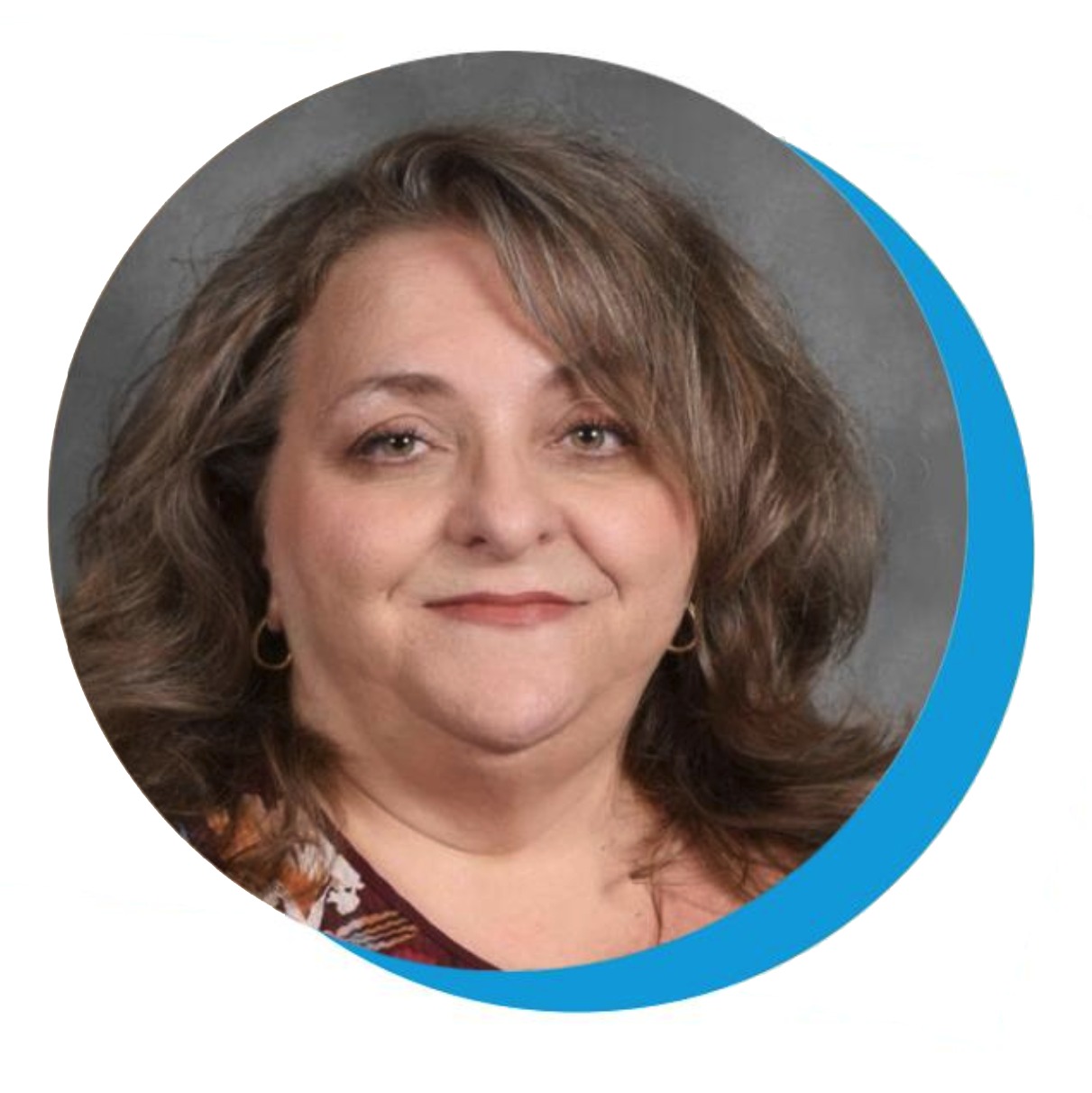
5 minute read
The Power of Partnership in Early Childhood Ed
Shaping Futures: The Power of Partnership in Early Childhood Education
Last spring, early childhood education providers, K-12 administrators and educators, and representatives from a variety of community organizations came together as a cohort to pilot a special professional development initiative. Bringing them together to openly communicate about how they can build a system to better prepare students for success in kindergarten and beyond was at the heart of the initiative, known as the Early Childhood Education System Design Partnership (ECE SDP).
The group assembled at the AIU Central Office eight times over four months to jointly envision a collaborative, countywide early childhood education system that harnesses the resources already available within the region. Facilitated by the National Center on Education and the Economy (NCEE) and funded by the Office of Child Development and Early Learning, the ECE SDP aims to integrate those resources into a unified framework that establishes sustainable, cross-sector partnerships that ensures all children consistent access to supportive, engaging, and developmentally appropriate learning environments. Such a framework is necessary to increase the number of children who enter the upper elementary grades prepared and confident.
NCEE Pennsylvania State Director Lenny Sweeney oversaw the launch of the ECE SDP in Western Pennsylvania. “We embarked on a journey to pilot a professional learning engagement to explore what a system might look like that brings together all the community-level resources to form a countywide vision for early learning,” he said.
Sweeney knew of the AIU’s existing relationships with the early childhood world within the county. Jill Jacoby, Ed.D., assistant executive director of the AIU’s Teaching & Learning Division, helped him to recruit “all the players who should be at the table,” Sweeney said.
Wendy Etheridge Smith, Ed.D., director of the AIU’s Early Childhood, Family, and Community Services Division, was eager to see how the ECE SDP would compare to the other system-building efforts to which she has contributed throughout the past 20 years of her career. She highlighted the lack of incentive for K-12 to connect with the pre-K world as a significant challenge. “Discussions about how to connect the K-12 world with the pre-K world” have been a crucial part of the partnership’s work, she said. Her long-term perspective on early childhood education reinforces the need for continuous dialogue and collaboration.
Looking Ahead
The ECE SDP represents a significant step toward creating a cohesive and supportive early childhood education system in Allegheny County. The insights and experiences shared by these participants highlight the importance of collaboration, communication, and a shared vision for the future. As the partnership continues to evolve, it holds the promise of transforming early childhood education and ensuring that every child can thrive from their earliest years and beyond.

The following narratives from participants in the ECE SDP provide a window into their experiences and the transformative potential of this initiative.

Kim Russo Joseph joined the ECE SDP with the hope of elevating the value of early childhood education in the public eye. She acknowledged the challenge of transitioning children from early childhood programs to the K-12 setting due to the lack of consistency across programs. “There is no ‘one size fits all’ approach to kindergarten transition,” she said.
“We need to share our story more about how early childhood programming is funded to build understanding of the constraints we are under,” said Joseph. She also noted the critical importance of competitive salaries and benefits to strengthen the early childhood workforce.

Chris Caton was motivated to join the ECE SDP to build systems that facilitate smoother transitions into kindergarten. He identified a significant challenge: “We often don’t know the children and families that are about to join us in kindergarten. If we were better able to prepare, we could have the necessary supports ready when the students arrive on the first day.”
“It’s also difficult to grow a profession that lacks incentive for its workers,” said Caton, who went on to suggest that “a legislative solution is necessary to improve early childhood education across Pennsylvania.”

For Nativa Tamasy, coordinating kindergarten transition activities is a key part of her role. She joined the ECE SDP to build relationships with other early childhood providers and improve her district’s program. “The conversations in these meetings have helped open my eyes to the wealth of resources available in our region,” she said.
Tamasy believes that understanding the shared challenges faced by different organizations is essential for fostering collaboration. “The partnership has helped me to see that, despite roles and responsibilities, adults and organizations across the region are all hopeful to see the same thing — children who love learning,” she said.

Debra Maurizio saw the ECE SDP as an opportunity to collaborate with key stakeholders in early childhood education. She identified a critical challenge: many children entering kindergarten lack basic school readiness skills despite attending preschool.
Maurizio appreciated the collaboration fostered by the partnership and noted that it had already led to new partnerships. “Collaboration with outside agencies and school community partners is essential for our school success,” she said.
-- By Amanda Ritchie


